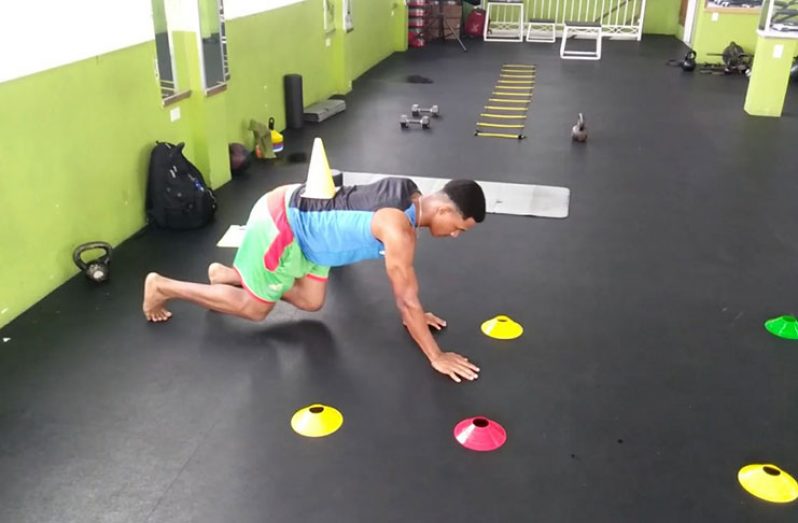With Neil Barry
RECALL yourself on the homestretch of a long run strongly, versus when you struggled to the finish. As you approach the end strong, with your head still, chest upright, and breaths powerful, you sprint past the finish line and decelerate yourself to a complete stop. Compare this to your off days, when you might find your head and chest twisting, breaths shallow and legs wobbling as you limp to the finish. Now ask yourself, why do most sprinters have tight abs? The answer lies in consistent functional core training.
What is the Core?
The core connects your lower and upper limbs. These muscles are attached to your lumbar spine (in the lower back), your pelvis and hips. The core can be divided into the abdominals in the front, gluteals and other large muscles of the back, the diaphragm as the roof, the pelvic floor and hip girdle as the bottom, and the obliques, hip abductors and rotators on your sides.
What do all those muscles do?
The core has many important functions when it comes to movement, but what is easily overlooked is how important the core is to Anti-Movement. These muscles help to stabilize your spine during your daily activities, and especially during intense activity. They also help to absorb compressive forces like those experienced when lifting heavy weights as in the squat. If you’re playing racket sports or cricket, you know that you need to be still through your core to ensure you hit with power. If you’re weightlifting, you wouldn’t try performing heavy overhead presses without being tight through your core because you’d either be unable to lift the weight or get hurt in the process. There are also occasions when you need to explode powerfully through your core, as in the football throw in, or the chest pass in basketball. With all these important functions, it’s critical to find ways to address each of them in training. Boxers and rugby players know that being able to brace themselves through their core is the difference between taking a hit and moving on or getting hurt.
Even the less commonly trained muscles like the diaphragm and pelvic floor muscles ensure you are able to breathe optimally, manage bowel and bladder functions, and also support your spine during heavy lifting.
With all these different functions, it makes sense that simply doing crunches will neither best prepare you for the rigors of sports, or give you the well sculpted midsection of many athletes.
So how do you train your core for function?
A strong core allows you to dig deep and perform when others may be tired. A good place to start training it is by dividing core training into movement, and anti-movement, and then focusing on some of the key components. Kinesiologists have agreed that your core essentially has three functional units- the non-moving parts, the moving parts, and an important sensory unit that determines how you use your core to produce, reduce or transfer force.
If you’re worried about training your diaphragm or pelvic floor, you should know that as long as you’re breathing well and pulling your abdomen inwards in most of your workouts, you’re probably already using them.
The non-moving, anti-movement aspects of your core lie deeply but can be easily trained during exercises like the dead bug, plank oblique, wide plank and hip bridge. Being able to hold a flat-back position in these exercises for upwards of 1 minute without shaking suggests you may be ready for movement training, but don’t forget to train the sensory unit by adding safe unstable surfaces like bosu balls to this aspect of core training.
Being able to keep a flat back position during the bear crawl through a given distance may prove much more challenging and rewarding for the core than a sit-up, and this can be done in multiple directions to make sure you prepare for all planes of movement, as discussed in the first article of this column.
To really step it up, ask a certified trainer about using kettlebells, the medicine ball, Indian clubs and suspension training and finally, do not just train for reps, also train for time.
Good sprinters will consistently be using the core to ensure they are solely channelling vast amounts of energy to propel the body forward as powerfully as they can. A wobbly runner may be using a lot of energy as limbs flail in multiple directions, thus being slower, less powerful, and far less efficient. Therefore, the longer you’re able to be tight through your core, the more powerful you can be. Functional core training can help you improve your strength, power, speed and even aesthetics. By addressing the components of the core- movement, anti-movement, and sensory components, you are training like a pro




.png)









